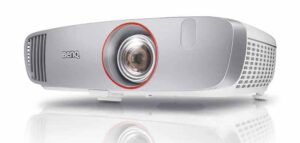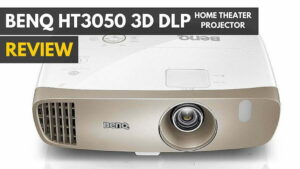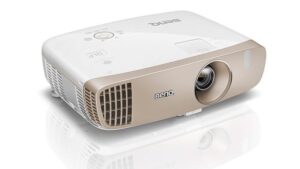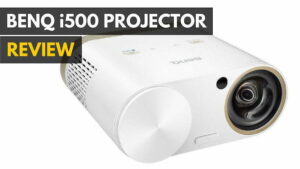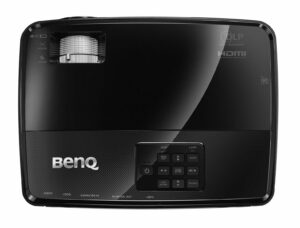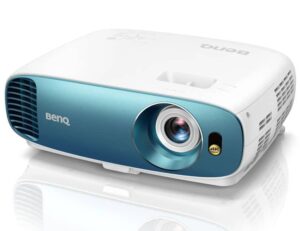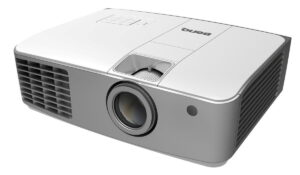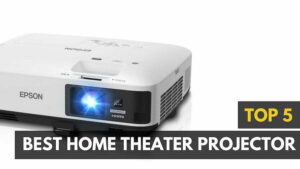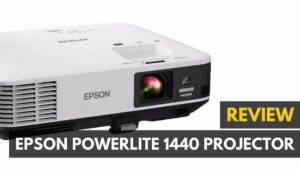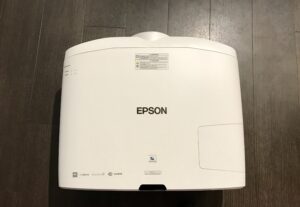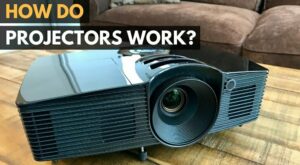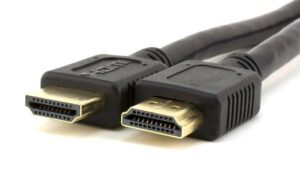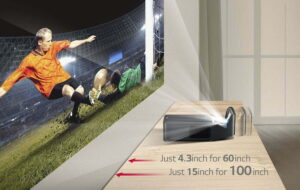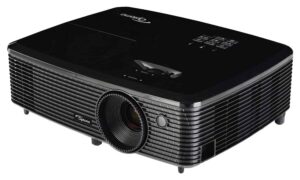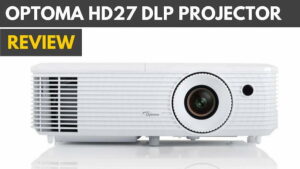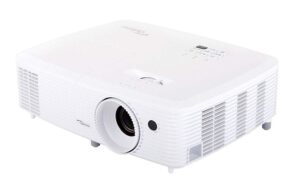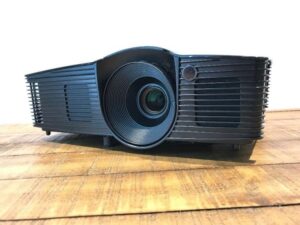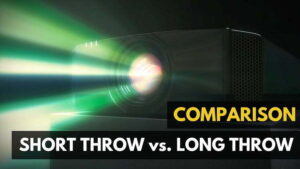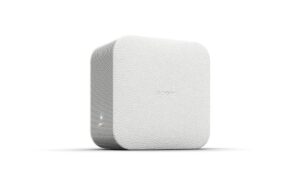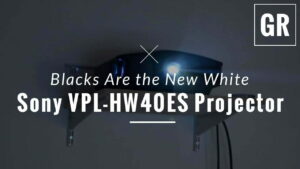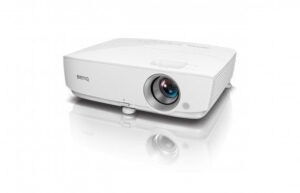All soundbars, provided you know what a soundbar does, use speakers contained inside of an enclosure. An example is the Yamaha YAS 108. To get multichannel audio, not just stereo, either a sound bar comes with a pair of satellite speakers or uses a psycho-acoustic program to simulate the “effect” of added speakers. Where the Yamaha YSP-1400 Sound Projector differs is that it projects its sound against the walls of the room its in, causing the audio to “bounce” back at the listener. Because of this, a true multichannel audio surround effect can be created without the need for any speakers other than those in the bar. You might also want the best 4k projector to go with it. Or, if you are not hung up about 4k, take a look at our list of the best projectors.
Setting up the YSP-1400 relies more on the half-sized remote than it does on anything else. The most normal configuration is to run an optical audio cable from the TV to its optical input, although the coaxial input is also available (the analog inputs/output is only good for stereo or simulated surround). Dolby Digital and DTS 5.1 decoding are built-in to take advantage of a true multi-channel audio signal, providing it’s given one — note that not every HDTV outputs multichannel audio, which is another reason I’m glad to have my Sony flat-panel, which does. The YSP-1400 is not so imposing as to take away from whatever TV it is placed in front of, should it not be wall-mounted. Showing foresight, Yamaha built in a TV remote repeater which, should the projector cover up the TV’s IR panel, sends the signal from the TV remote “through” the bar and then out its backside.
Related: If you like what you have read so far, also check out our YG300 Mini Portable LED Meer Pico review.
The front of the YSP-1400 has a series of small icons to indicate what audio source has been chosen (i.e., BD player, TV, etc.) but mostly relies on a horizontal bar of LEDs to indicate being turned on and the volume level. This dims mightily when not in use. Front-mounted controls on the right side blend into the black finish. The remote is the most useful way to manage and control the YSP-1400 (even Bluetooth pairing can be enacted through it). For a look at how this brand’s products hold up, check out our comparison article of the Yamaha HS5 vs HS8.
Doing the initial setup involves three sets of steps: the first is to determine the position of the YSP-1400 relative to the room it’s in. That’s because it doesn’t rely on a microphone at the listener’s position to arrange how it “throws” its beams of audio out into the room, but instead is decided by whether it’s to the left, at the center, or to the right of the room. This is a bit more subjective but provides a simple means to moderate the levels of the audio beams from an overall viewpoint. The YSP-1400 employs 8 1-1/8th inch speakers (called beam drivers) to do this.
See also: Our Wifi Mini Projector 2020 Latest Update review.
The next step is to adjust how the audio “sounds” to the listener at the position where most of the listening is to take place. Through a series of tones, the listener adjusts the volume of each of the beams of audio that are being projected out and bounced back to the ear. While this step is not a necessity, more successful implementation of the surround-sound effect will definitely result. With this done, the last step is to adjust the overall volume level while listening to programmed content, be that a TV show or movie. These last two steps can also be carried out for the two downward-firing subwoofers that are at the base of the YSP-1400. One will also find that the surround modes (Movie, Music, Sports, Game, TV Program) affect the overall final sound as well and so must be taken into account during the ‘burn-in” process. I spent over a month enjoying true multichannel audio coming from the YSP-1400. The quality of the bass is well defined — providing you balance it off against the speakers, the subs won’t get muddied for being amid the midrange as can be the case with other sound bars. This is partly due to their size — each subwoofer is 3 1/4th inches. Disney’s Frozen, for example, is an animated musical whose surround audio effects of ice and snow as coming off the Blu-ray presentation sounded as true to the surround sound movie experience as if I had had two surround speakers on either side of me. The female voices were crisp and melodic and just a pleasure to listen to. Not to disavow the more dynamic scenes which required harsher tonality and a lot more bass use — it all sounded true. Even the simulated surround brought out when a TV show played in stereo came through efficiently and with a fair effect of realism. And while there was one film whose surround caused a bit of an audio delay that was noticeable, the remote’s means for adjusting it enabled me to take care of it within a few minutes. Also, no question that having two subwoofers made for a greater depth to the bass. Additionally, the actual wattage of 150 might sound low compared to other bars, but due to the beamed effect, the level of volume that can be attained is quite good. This does vary depending on the room, however (for example: a very large living room will not have quite the apparent “loudness” as that of a small one).
Bottom line: The YSP-1400 is the latest addition to Yamaha’s well-received line of sound projectors. $449.95 doesn’t just buy a quality sound bar for listening to audio coming from straight ahead, but adds surround through the clever application of “bouncing” discrete audio streams off of walls and back to the listener.
Related Articles:
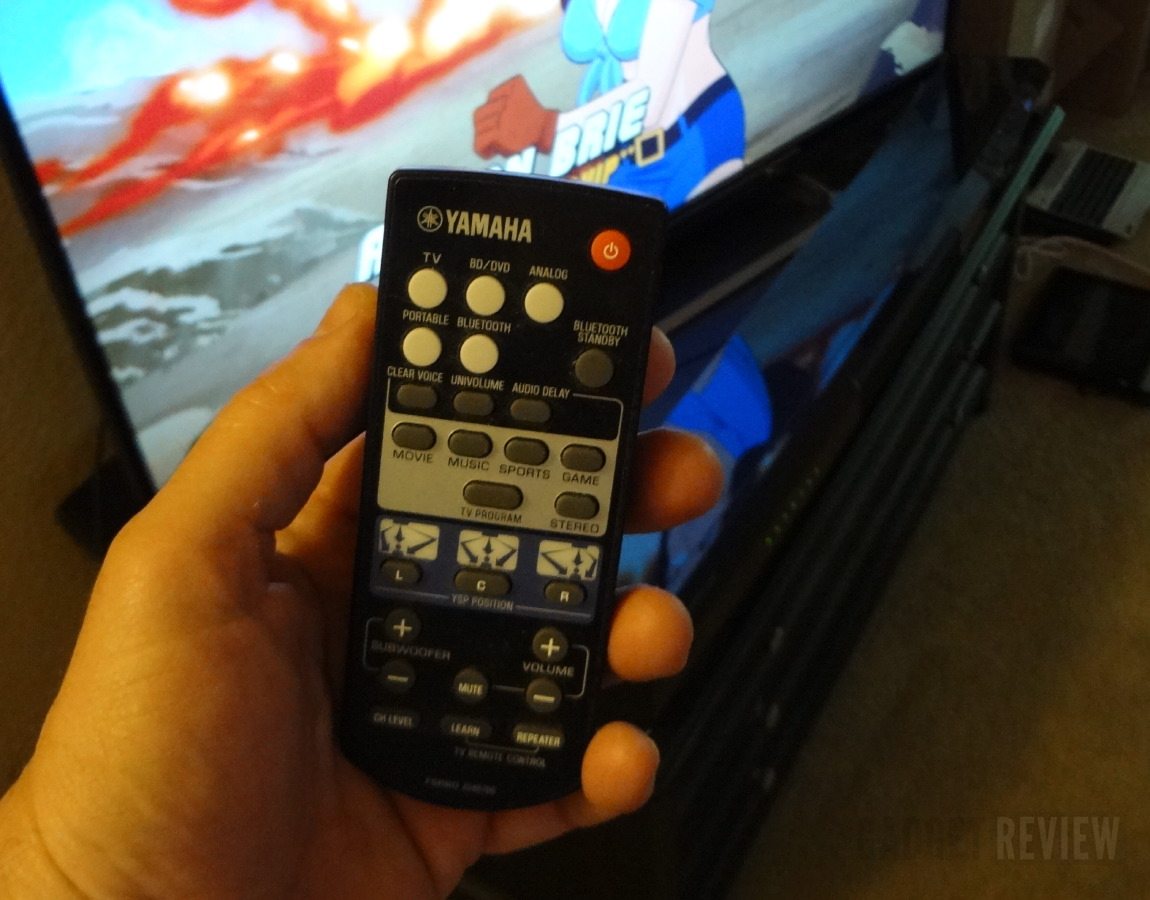
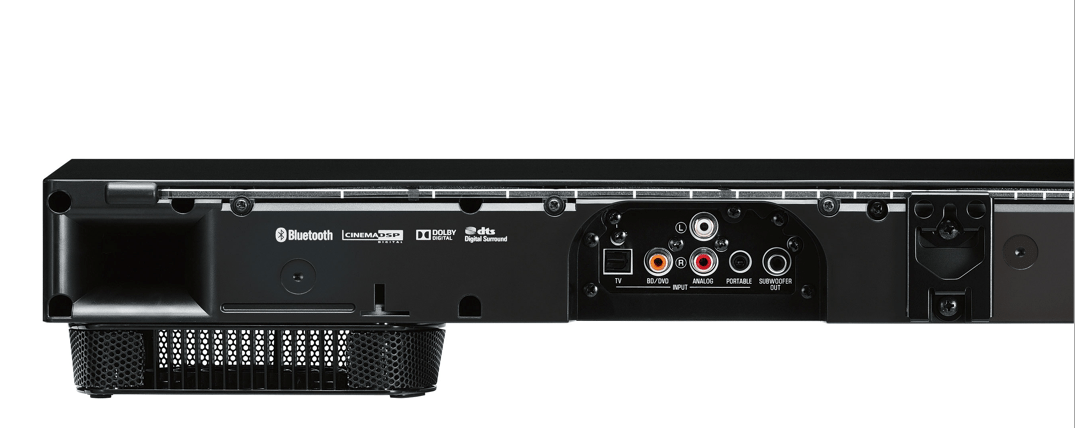
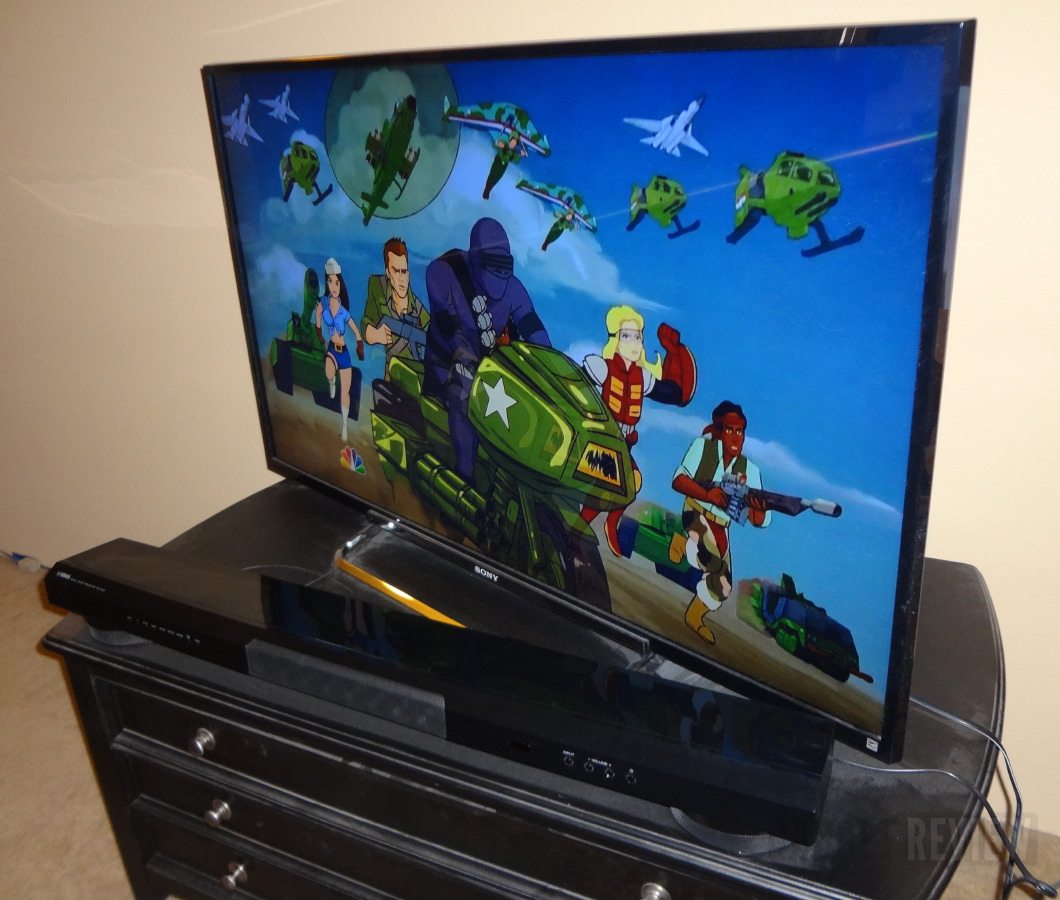
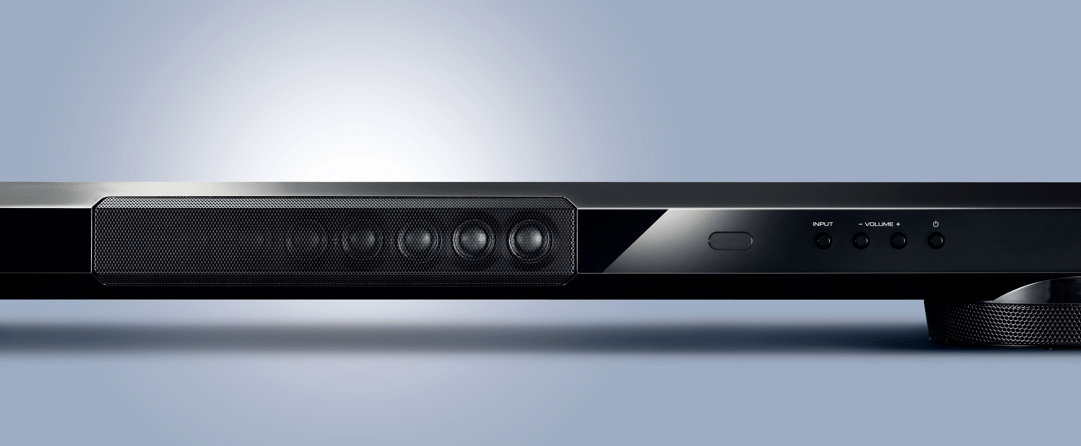
![10 Best iPhone Projector in [year] 1 best iphone projector](https://www.gadgetreview.dev/wp-content/uploads/best-iphone-projector-image-300x225.jpg)
![10 Best Laser Projectors in [year] 2 Best Laser Projector|Optoma UHZ65 Laser Projector](https://www.gadgetreview.dev/wp-content/uploads/best-laser-projector-300x180.jpg)
![10 Best Long Throw Projectors in [year] 3 Best Long Throw Projector](https://www.gadgetreview.dev/wp-content/uploads/best-long-throw-projector-300x145.jpg)
![10 Best Outdoor Projectors in [year] 4 Best Outdoor Projector](https://www.gadgetreview.dev/wp-content/uploads/best-outdoor-projector-300x226.jpg)
![10 Best Short Throw Projectors in [year] 5 best short throw projector](https://www.gadgetreview.dev/wp-content/uploads/best-short-throw-projector-image-300x200.jpg)
